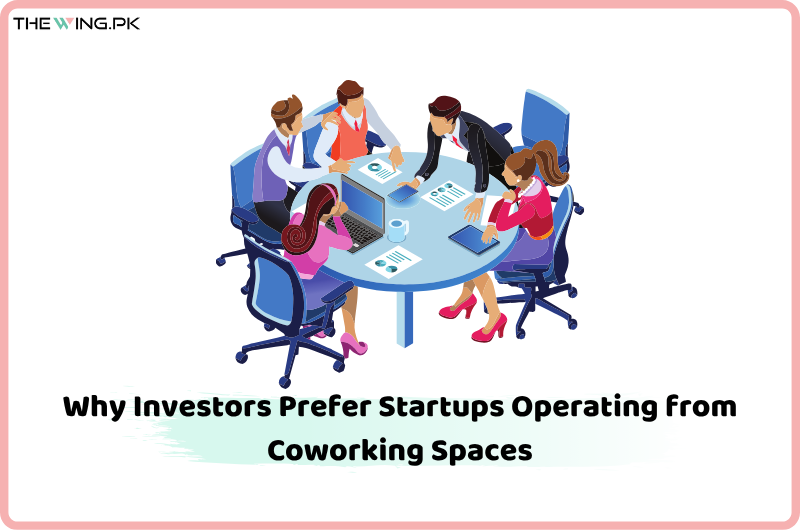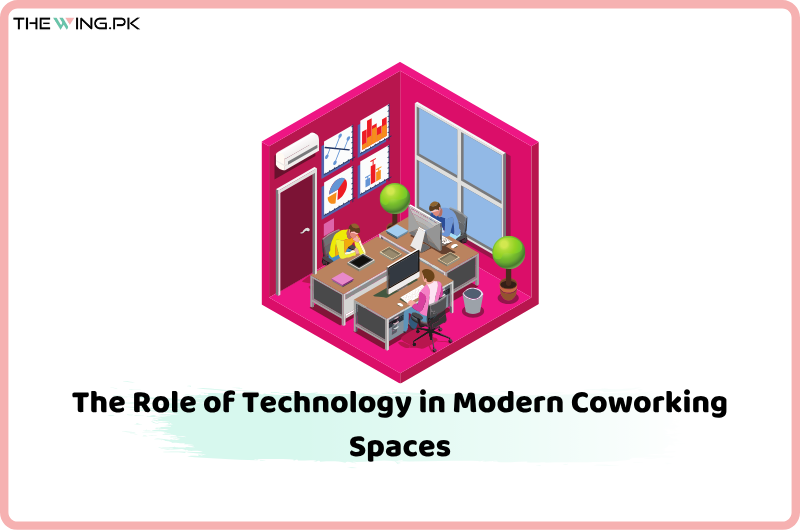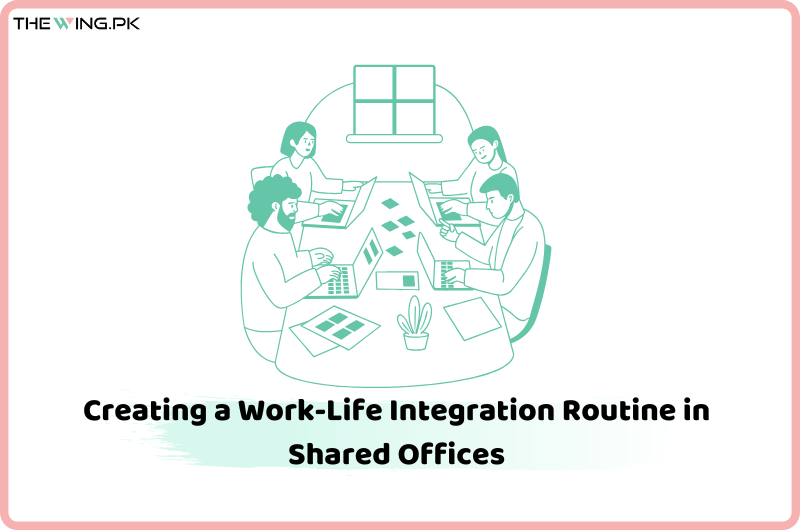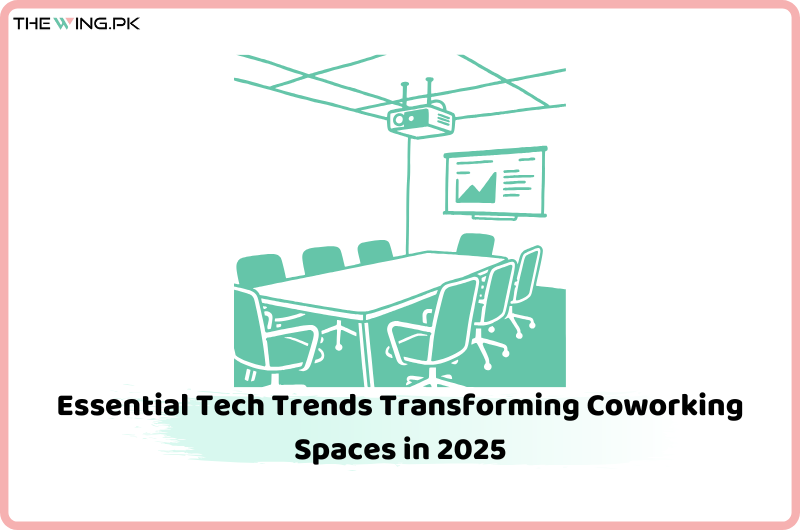Best Ergonomic Practices in Coworking Environments
In the evolving landscape of modern work, coworking environments have emerged as dynamic spaces that foster creativity, networking, and flexibility. Yet, amid the surge of shared workspaces and remote work setups, one critical aspect often remains overlooked—ergonomics. Ergonomics is more than just an arrangement of furniture; it is the science of designing environments that support human well-being and performance. In the context of coworking, the Best Ergonomic Practices in Coworking Environments are essential to ensure that professionals from diverse backgrounds can work comfortably, productively, and sustainably. Coworking spaces bring together freelancers, entrepreneurs, startups, and corporate employees under one roof. Each individual carries different working styles, equipment needs, and postural habits. Without proper ergonomic design, such diversity can result in physical discomfort, fatigue, and even long-term musculoskeletal issues. Understanding and implementing the Best Ergonomic Practices in Coworking Environments is therefore not a luxury but a necessity in promoting health and enhancing productivity. Click here to learn about the best coworking space in Islamabad! Understanding Ergonomics in Shared Workspaces Ergonomics refers to the relationship between people and their work environment. It focuses on designing tools, furniture, and workflows to fit the user, rather than forcing the user to adapt to the workspace. In coworking environments, this becomes more challenging due to shared furniture and flexible seating arrangements. The Best Ergonomic Practices in Coworking Environments are those that ensure adaptability—allowing each member to tailor their workspace for comfort and efficiency. Whether it’s an adjustable desk, a supportive chair, or optimal screen placement, ergonomics reduces the risk of strain and improves focus. Good ergonomics also contributes to mental well-being. When workers feel physically at ease, their cognitive performance, motivation, and creativity significantly increase. Conversely, discomfort leads to distraction and reduced engagement. A workspace designed with ergonomics in mind cultivates a healthier and more inspired community. The Growing Need for Ergonomics in Coworking Spaces Coworking environments are designed to promote collaboration and freedom. However, flexibility can sometimes lead to inconsistency. Different users might use the same chair or workstation throughout the day, each with unique posture and height preferences. Without proper ergonomic interventions, such fluidity can result in cumulative strain injuries. As more professionals spend extended hours using laptops, tablets, and mobile devices, the need for ergonomic awareness intensifies. The Best Ergonomic Practices in Coworking Environments ensure that even transient users have access to adjustable setups that cater to their body alignment and comfort. Moreover, businesses that adopt ergonomic principles in their coworking policies demonstrate a commitment to employee health. This not only attracts top talent but also enhances the reputation of the coworking brand. A workspace that values ergonomics signals professionalism, care, and sustainability. Posture: The Foundation of Ergonomic Health The way an individual sits or stands forms the cornerstone of ergonomic wellness. Maintaining a neutral posture helps prevent unnecessary stress on muscles, joints, and ligaments. The Best Ergonomic Practices in Coworking Environments begin with teaching members how to achieve and sustain proper posture throughout their workday. A neutral sitting posture typically involves: Feet flat on the floor or on a footrest. Knees at or slightly below hip level. Backrest supporting the natural curve of the spine. Shoulders relaxed, not hunched. Elbows close to the body at roughly 90 degrees. Eyes level with the top third of the computer screen. Coworking managers can display posture diagrams, conduct ergonomic workshops, or even use reminder software to encourage good habits. Reinforcing posture awareness transforms ergonomics from a passive concept into an active practice. The Role of Furniture in Ergonomic Design The foundation of ergonomic success lies in furniture selection. Coworking spaces often invest heavily in design aesthetics but may neglect adjustability. However, beauty and functionality can coexist. The Best Ergonomic Practices in Coworking Environments emphasize modular, adaptive, and user-friendly furniture that supports various body types and tasks. Ergonomic Chairs A chair is arguably the most crucial ergonomic element. Look for features such as adjustable seat height, lumbar support, armrest flexibility, and swivel bases. Mesh-back designs allow breathability, while contoured cushions distribute body weight evenly. Coworking spaces should maintain a balance between aesthetics and physiological support. Sit-Stand Desks Height-adjustable desks allow users to alternate between sitting and standing. Standing intermittently improves circulation, reduces fatigue, and enhances energy levels. Providing such flexibility aligns with the Best Ergonomic Practices in Coworking Environments, catering to diverse user needs. Workstations and Layout Workstations should offer ample legroom, sufficient surface area for equipment, and cable management systems to avoid clutter. Collaborative zones can integrate shared tables, while focused zones should provide personal, adjustable setups. A well-planned layout encourages natural movement, reducing strain from static positions. Lighting and Visual Ergonomics Lighting significantly impacts comfort and productivity. Improper illumination can lead to eye strain, headaches, and fatigue. Natural light is the gold standard—it supports circadian rhythms, improves mood, and enhances alertness. The Best Ergonomic Practices in Coworking Environments incorporate both natural and artificial lighting strategies to achieve visual harmony. Position desks perpendicular to windows to reduce glare. Use adjustable blinds or diffusers to control brightness levels. For artificial light, task lamps with adjustable intensity are ideal for detailed work. Coworking operators should also ensure that color temperature aligns with the nature of tasks—cool white light for concentration and warm light for relaxation. Visual ergonomics also extends to screen setup. Monitors should be placed about an arm’s length away, with the top of the screen at or slightly below eye level. Blue light filters and regular breaks help mitigate digital eye strain, further aligning with the Best Ergonomic Practices in Coworking Environments. The Importance of Movement and Microbreaks Extended sedentary behavior is one of the leading causes of workplace discomfort and fatigue. To counteract this, movement must become part of the coworking culture. The Best Ergonomic Practices in Coworking Environments promote frequent microbreaks and dynamic working postures. Encourage members to stand, stretch, or take short walks every 30–60 minutes. Integrating wellness corners with stretching guides, yoga mats, or balance boards can inspire mobility. Standing meetings or walking discussions can also boost collaboration while supporting musculoskeletal
Best Ergonomic Practices in Coworking Environments Read More »
















